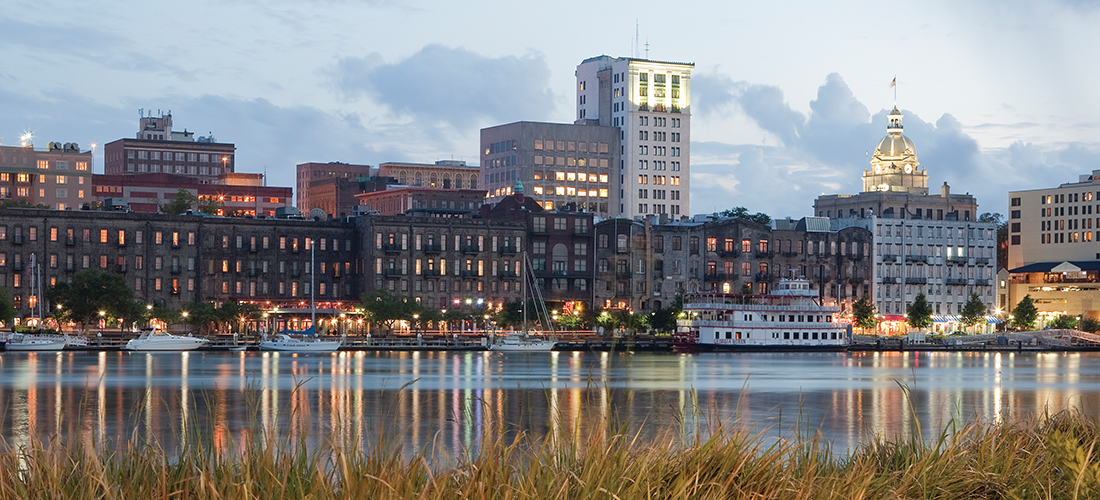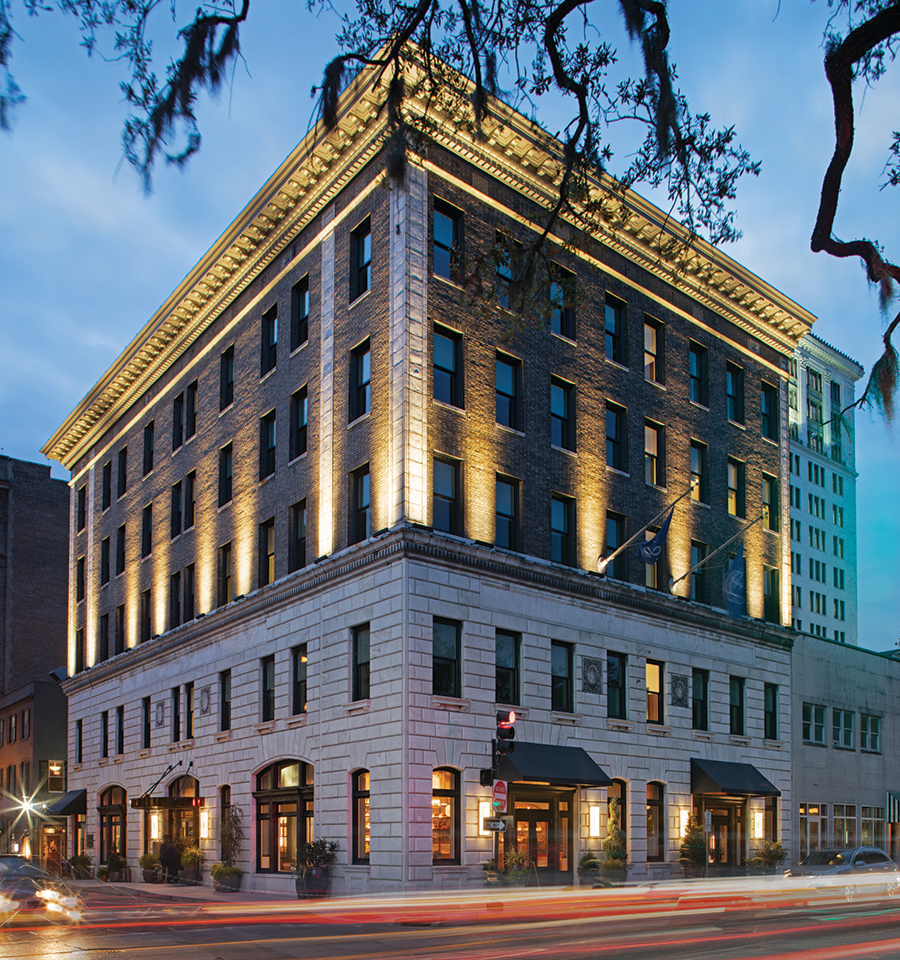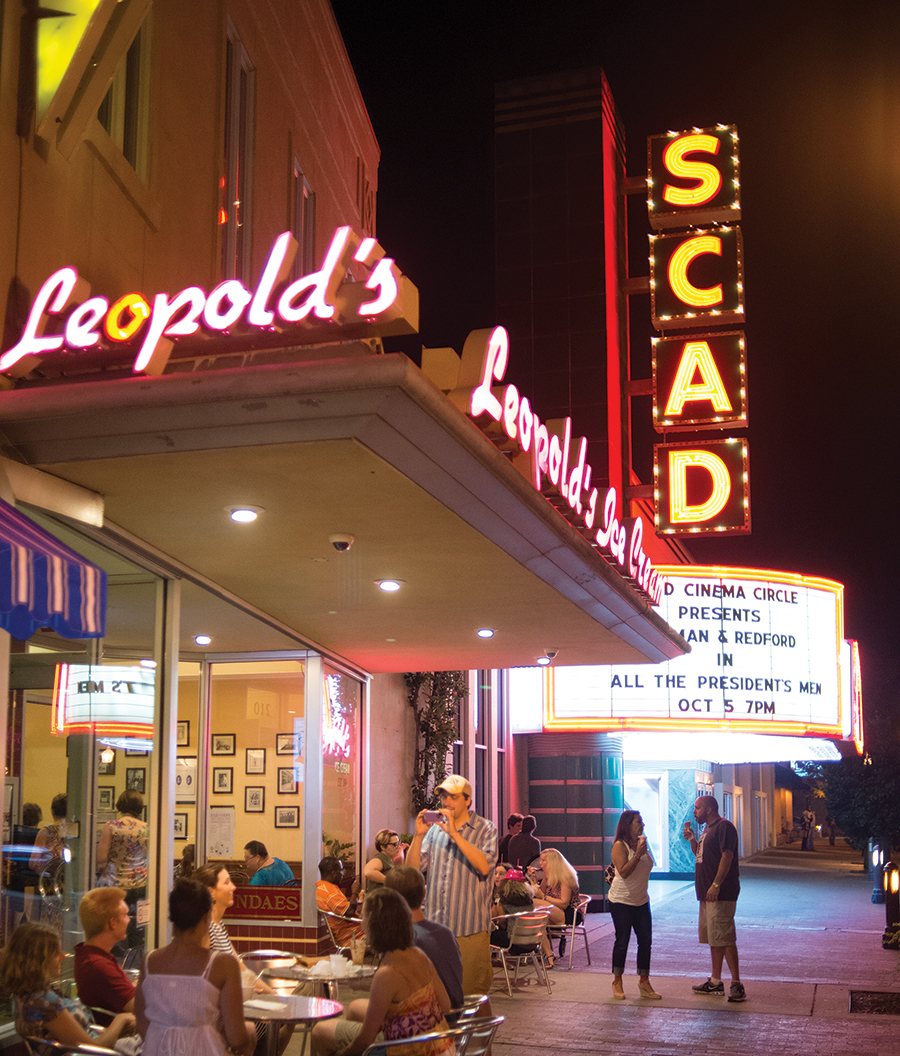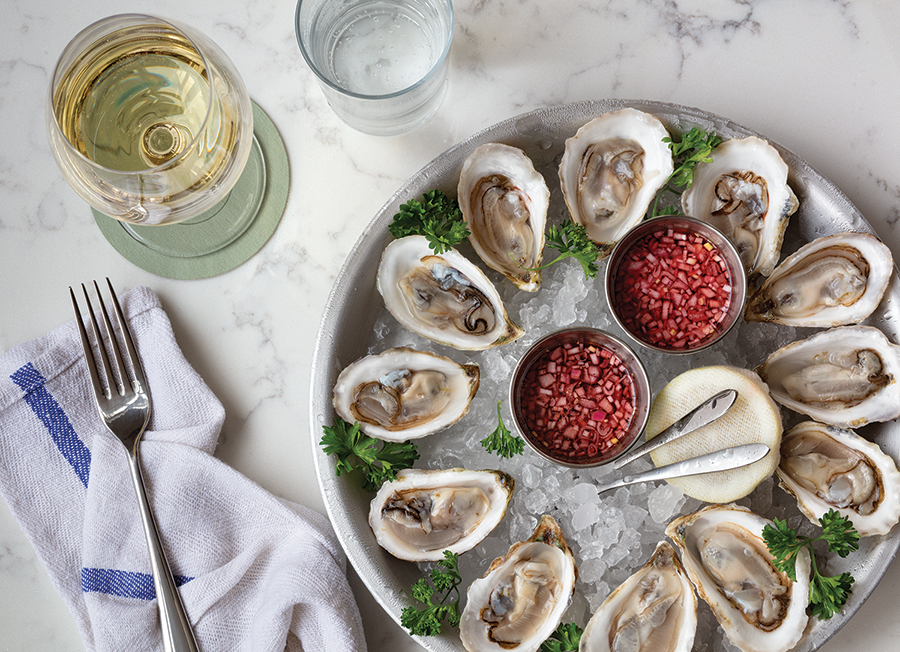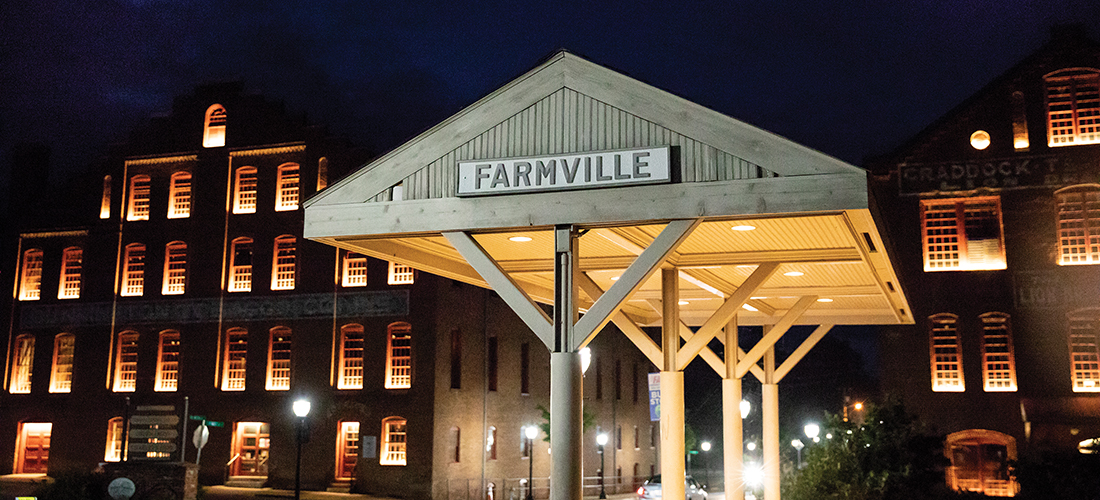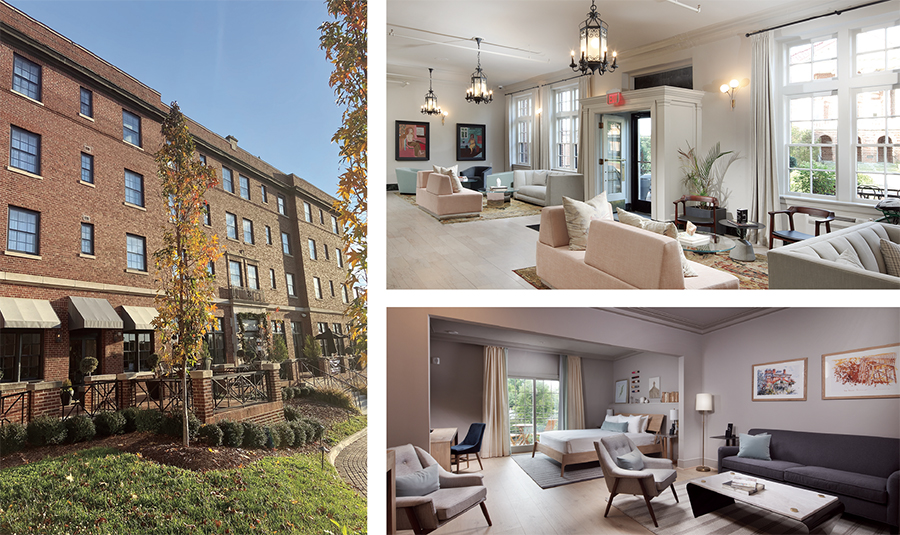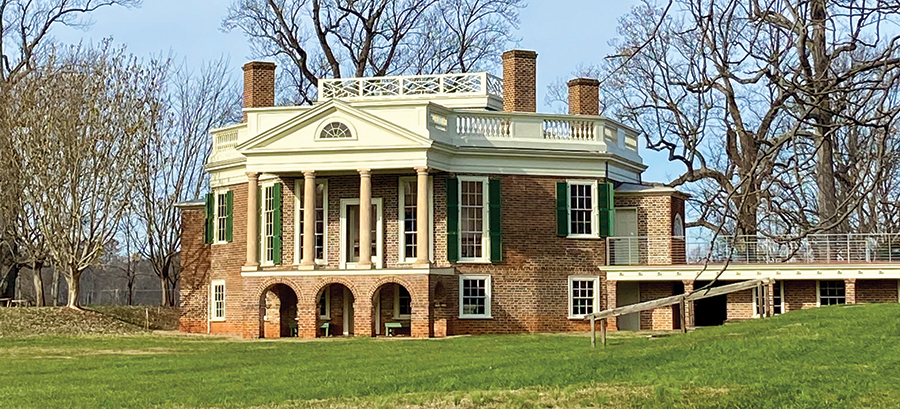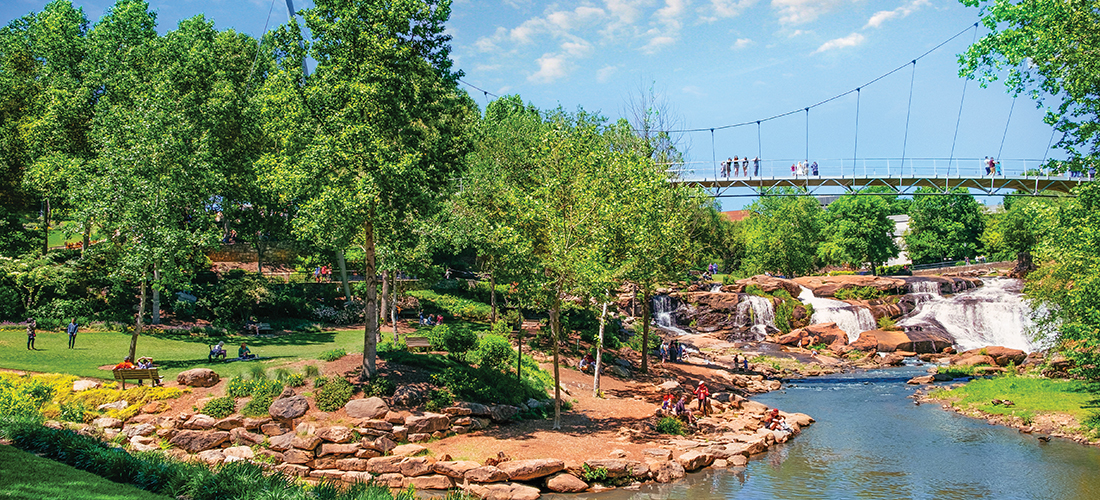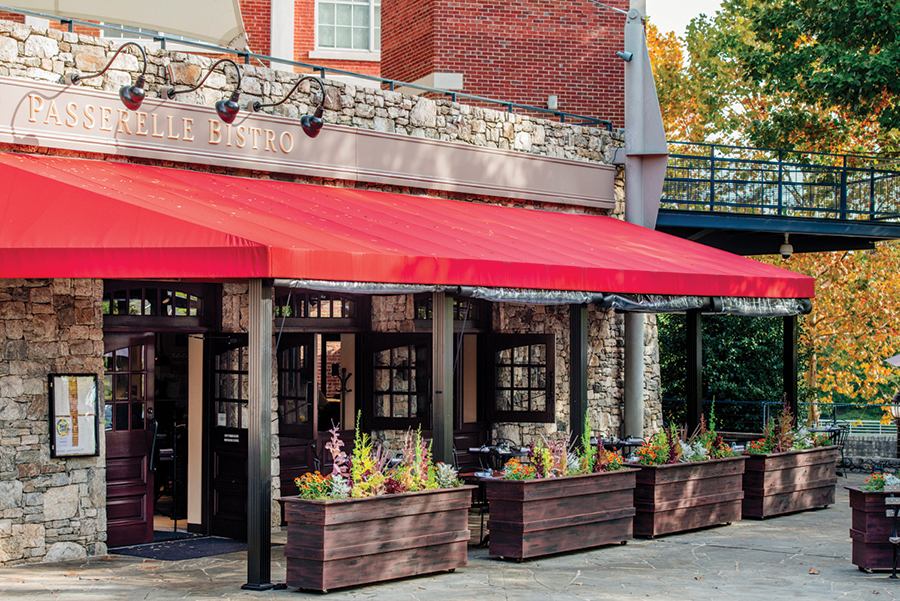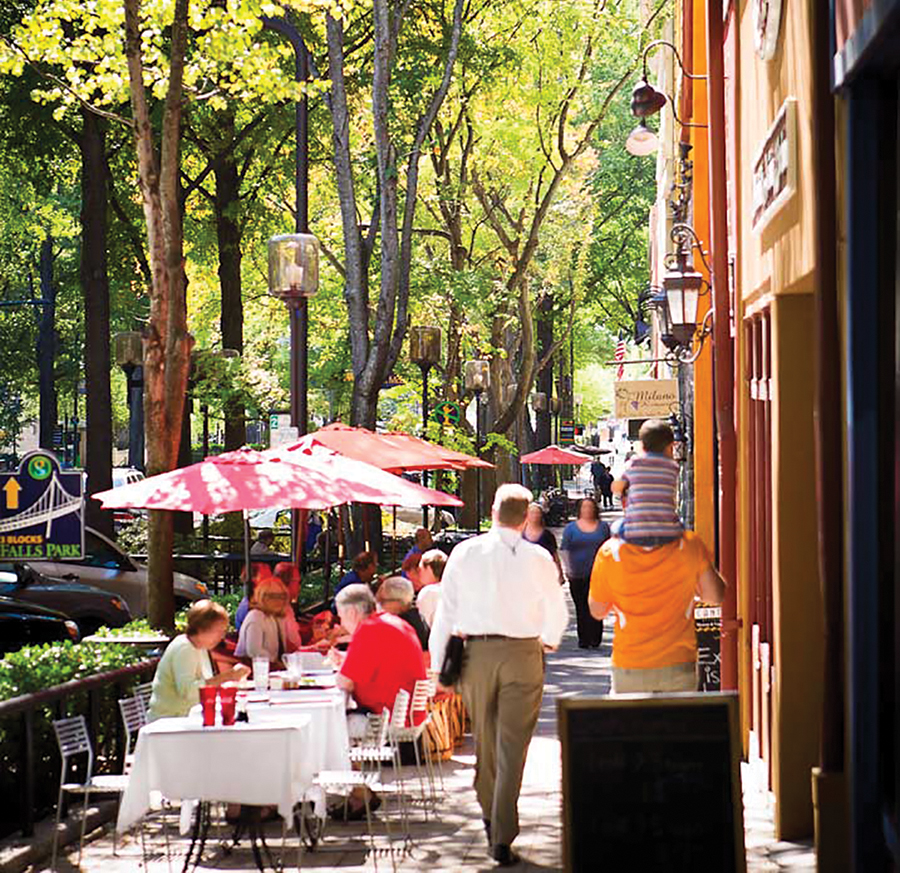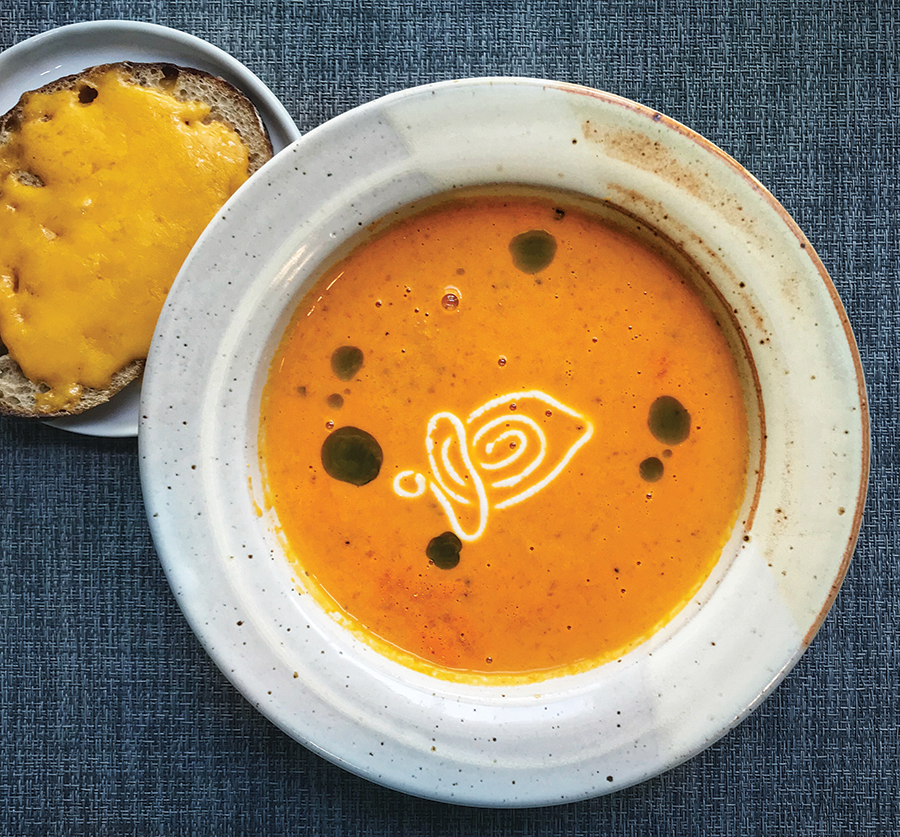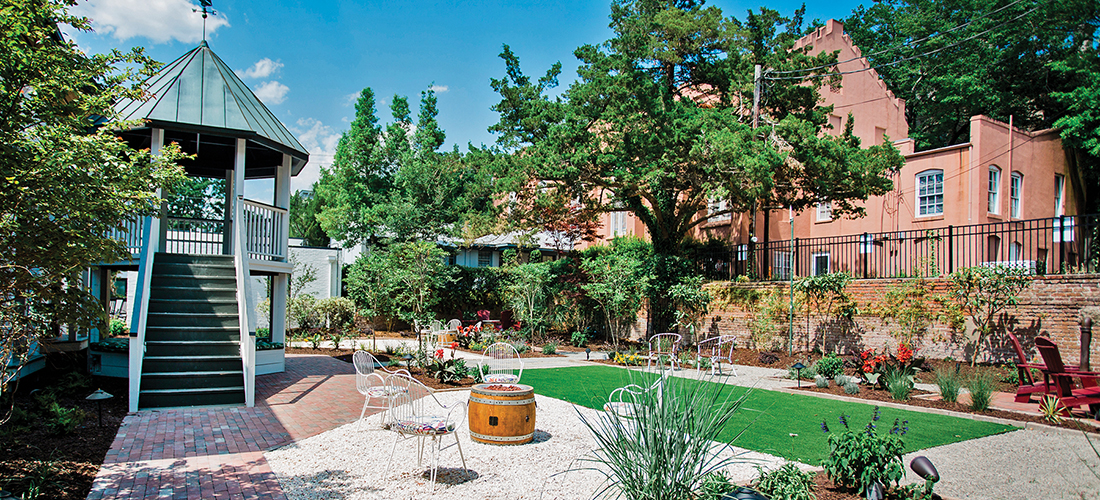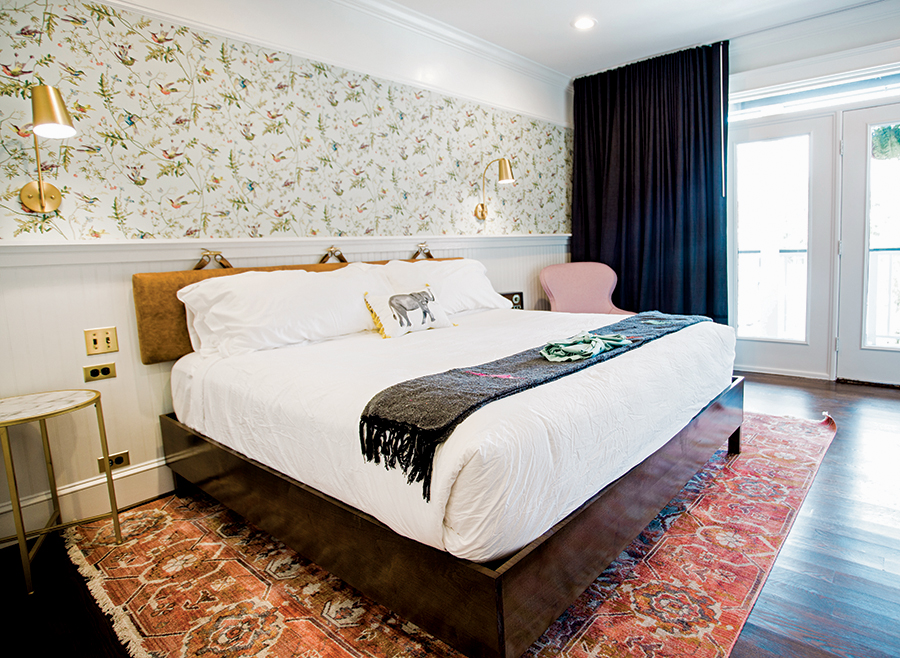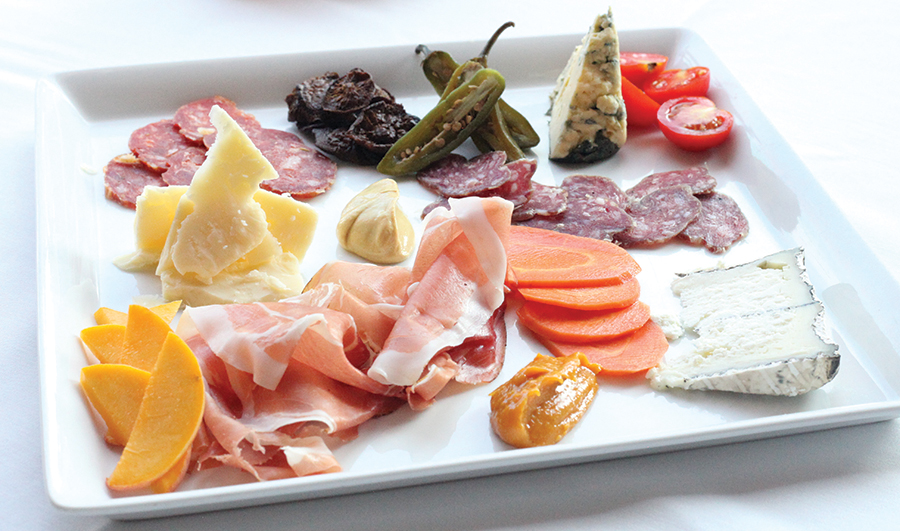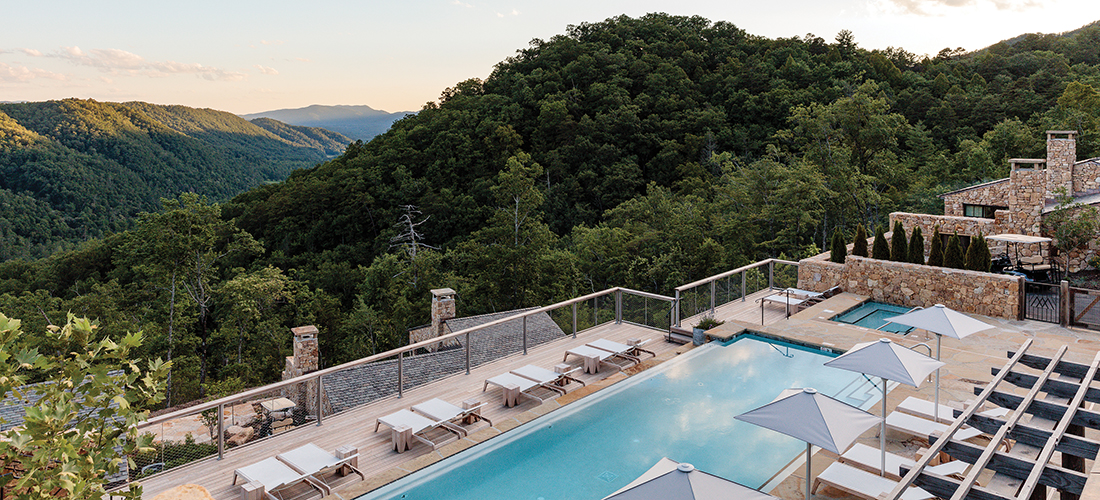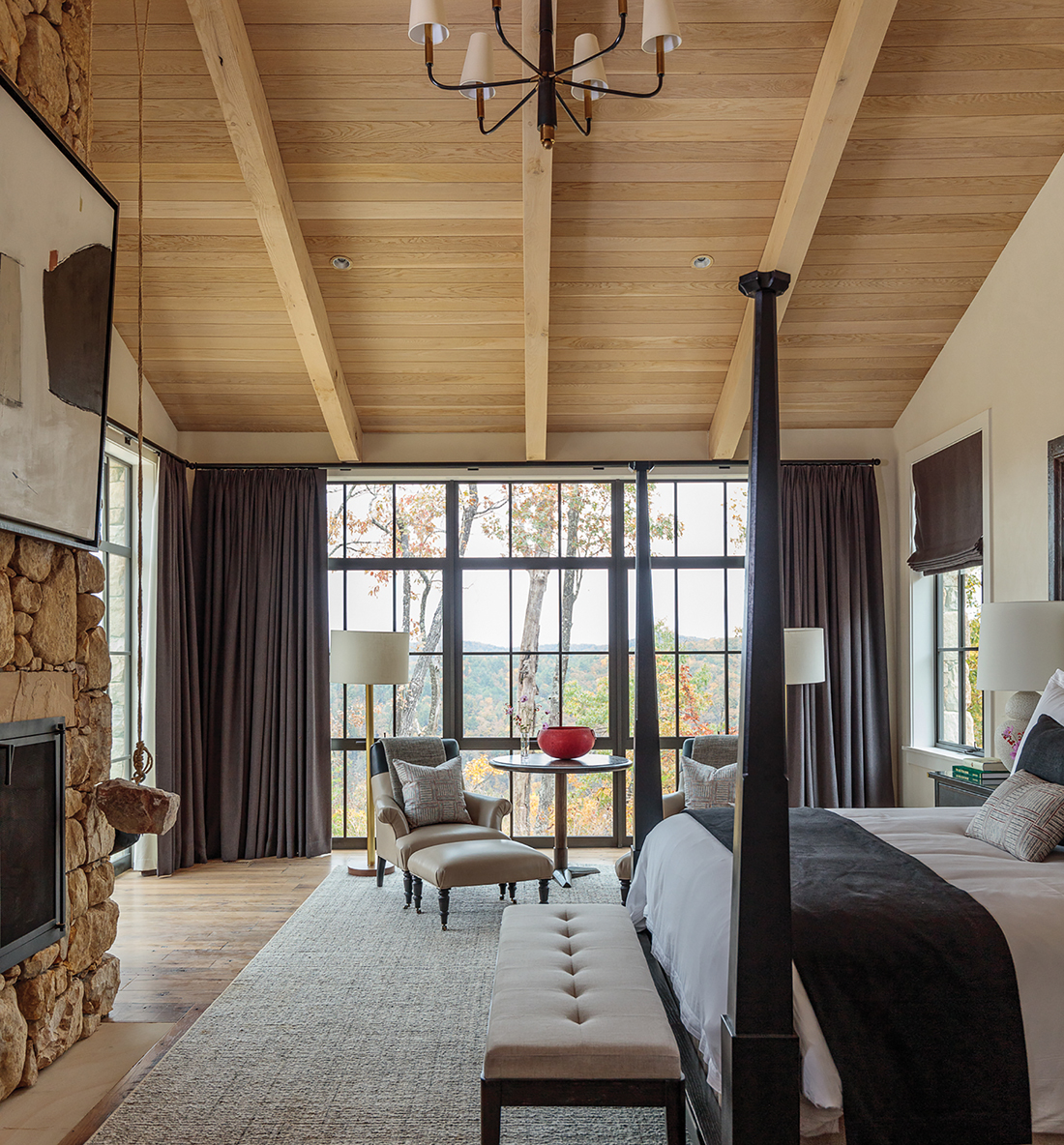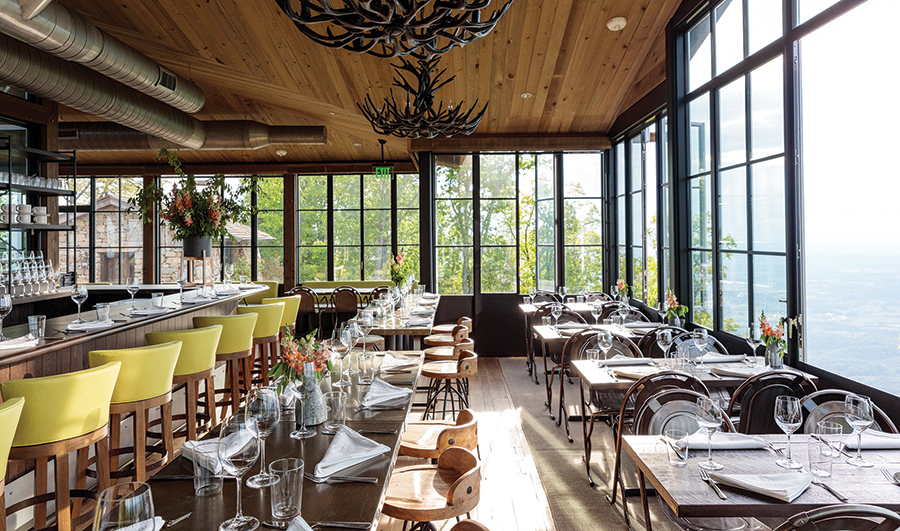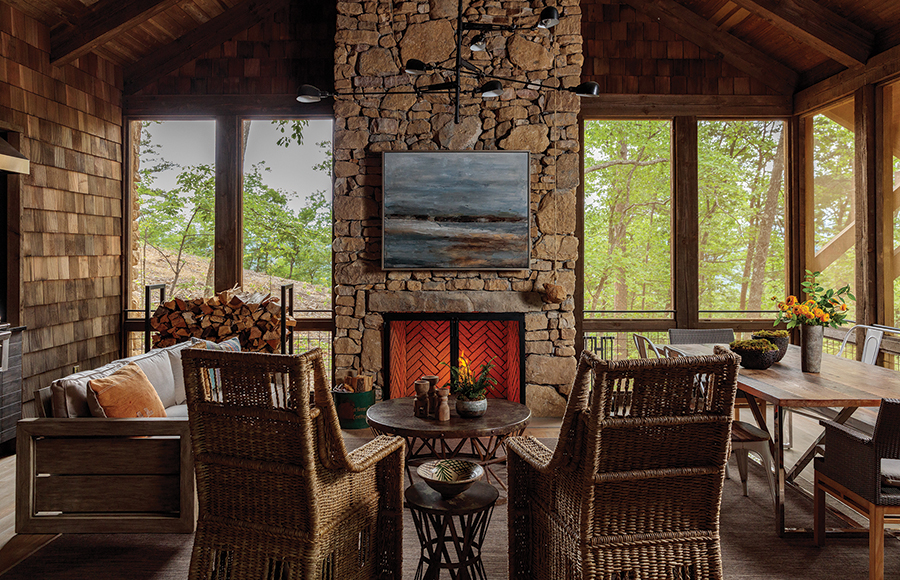Let’s Go to The Greenbrier!
The Madcap gents banish the beige at the legendary West Virginia resort
By Jason Oliver Nixon
The last few weeks of winter were drab, wet and all-around uninspiring. There was nefarious news on every front, and it felt like Groundhog Day on Elm Street. On eternal repeat.
John and I found ourselves ambling about in our pajamas at all hours of the day. We were lethargic. Our hair was tucked into baseball caps. My beard went untrimmed. And you can only watch Auntie Mame and Bridget Jones’s Diary so many times before you start quoting the lines in your sleep.
It was time for a prints-and-patterns intervention.
Hence, John and I booked an escape to the one place that always delivers a tip-top, terrific tonic — a balm to all things banal and beige.
The Greenbrier!
“Hello,” I trilled after ringing up the fabled West Virginia resort. “Any specials? Yes, yes, yes. AARP? Triple-A? Sure. Sign us up. Tout de suite! And patch me through to the spa.”

John and I have been lucky enough to visit The Greenbrier — “America’s Resort since 1778” — on various occasions. Each time, the hostelry has more than lived up to its legendary restorative prowess. And no, we don’t attribute the rejuvenation to the area’s mineral-rich waters that have made White Sulphur Springs a destination for generations.
It’s not the falconry or the gun clubs either. Although The Greenbrier has something for everyone — from escape rooms to bunker tours, spa treatments to off-roading excursions, golf and tennis to you-name-it — we aren’t really into what you might call “organized activities.” John and I go for The Greenbrier’s Dorothy Draper-designed décor, the riot of color, prints and pattern, and the pure theatricality that is the resort-styled version of The Wizard of Oz. There is nothing like it anywhere — especially since The Greenbrier’s closest twin, the Grand Hotel on Mackinac Island, has, tragically, been sold (its design future uncertain).
A little history . . .
Shortly after World War II, the legendary New York-based interiors superstar Dorothy Draper — sort of a midcentury Joanna Gaines but with verve — was commissioned to transform The Greenbrier into a showstopper. The resort had served as a 2,000-bed hospital during the war and needed, well, a bold new vision.
Draper, queen of theatrical, was known for design mantras such as “Banish the beige.” She took one look at The Greenbrier’s vaguely institutional architecture and white brick exterior, blinked, then lavished it with enough drama to attract the likes of the Duke and Duchess of Windsor to the grand unveiling.
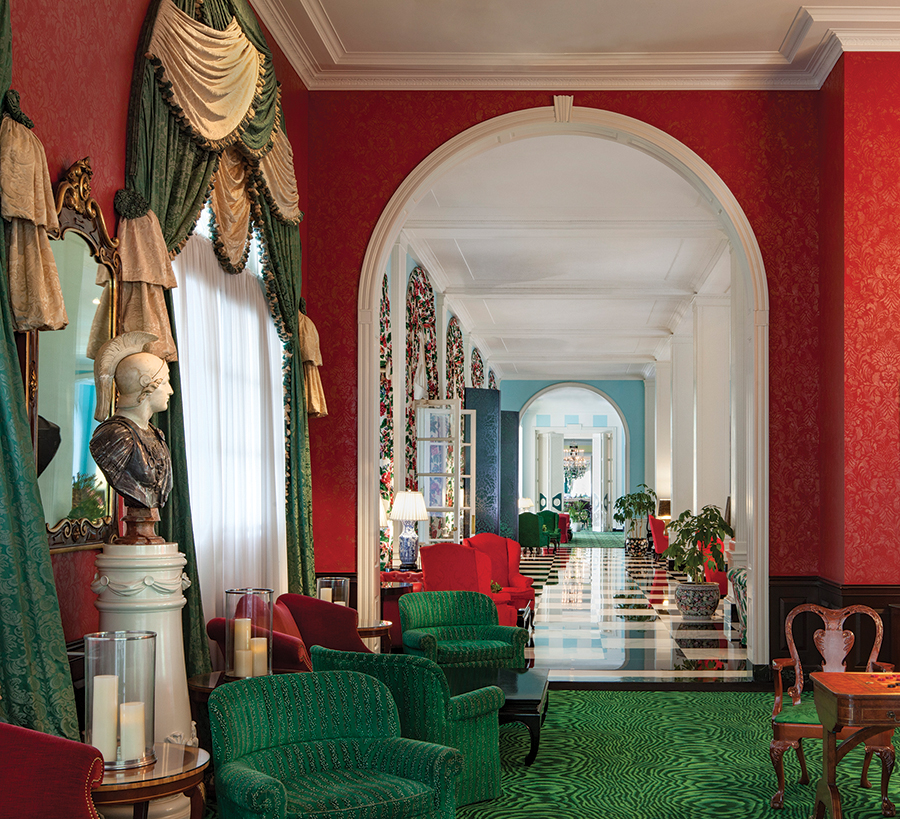
But back to the here and now and the warm embrace of the Greenbrier.
“Hello, hello. Bonjour! Yes, we are back. Yes, hello, hello,” I said to the lovely, slightly quizzical folks at check in. “Charge it, please. And which bar is open? Oh, it’s so good to be back.”
Our room was awash in cabbage roses, stripes and faux bamboo flourishes with “his” and “his” bathrooms. We couldn’t have been more content staying put, but seeing as we were finally someplace other than Instagram, we wanted to spend every waking moment soaking up all the design exuberance we could handle.
Happily, The Greenbrier was largely empty — AARP rates are more favorable mid-week, perhaps? (John handles the cash) — so we could scamper about like feral monkeys in a banana forest with eyes wide and mouths agape. We marveled at the inky green walls in the Victoria Writing Room; the rose-bloom upholstery and black-and-white tile floors in the Upper Lobby; a baroque plaster clock against blue-and-white striped walls; the coral-hued North Parlor; and busts of the presidents delightfully arranged next to the toilets. And that’s just scratching the sublime surface.
Dorothy Draper’s protégé, the equally iconic Carleton Varney, a longtime Madcap Cottage friend (he wrote the introduction to our latest book, Prints Charming: Create Absolutely Beautiful Interiors with Prints & Patterns), oversees the décor of The Greenbrier and constantly curates — and refreshes — the content.
Notes John, “The Greenbrier is always fresh. Never fussy. Never formal. That’s part of the magic. And there are families with kids. Older folks. New Yorkers. Southerners. And everyone in between.”

Our time at the Greenbrier was pure bliss. We dined on superlative Asian fare at In-Fusion (tucked into the glittering, Busby Berkeley-worthy casino). We washed away our cares with a 25-minute Sulphur Soak at the recently overhauled spa. We watched Aladdin in the resort’s movie theater (Hurrah! An open-for-business movie theater); we sipped cocktails in the Lobby Bar; we splashed about in a pool reminiscent of the Roman Empire; and we walked into White Sulphur Springs where the main drag is definitely on the move. (Think a slew of new restaurants popping up!)
But, really, John and I just lolled about with magazines and cocktails. And lapped up the luxe.
Then it was back to reality. Still, the hair is washed and the shirt’s tucked in. The beard is trimmed and the socks match. I’d say we are ready to tackle the world anew. At least for a few weeks.
Thank you, Greenbrier! Long may you reign. OH
The Madcap gents, John Loecke and Jason Oliver Nixon, embrace the new reality of COVID-friendly travel — heaps of road trips. For more information, visit Greenbrier.com.


